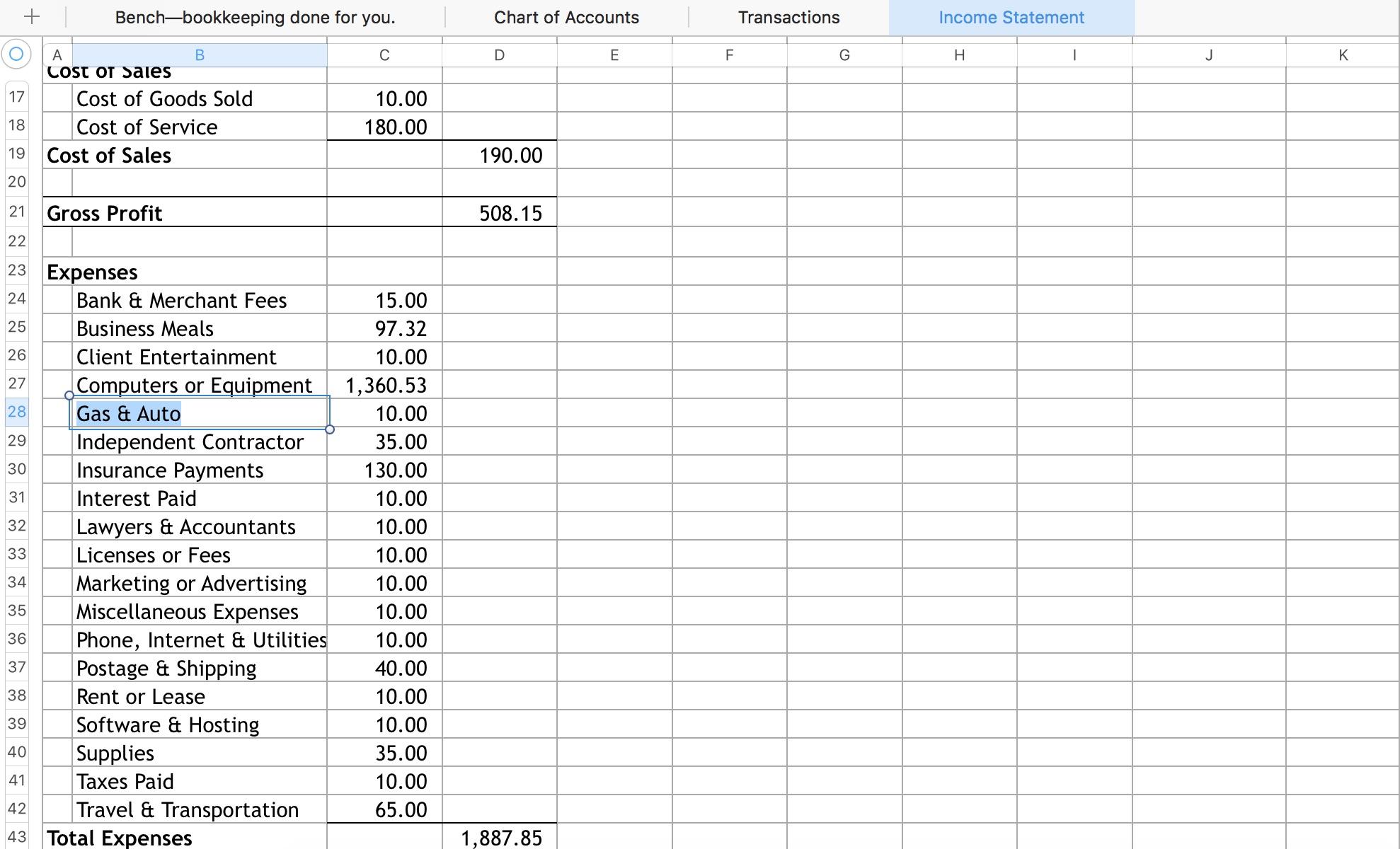Home>Finance>Bridge Financing Explained: Definition, Overview, And Example


Finance
Bridge Financing Explained: Definition, Overview, And Example
Published: October 19, 2023
Learn about bridge financing in finance - its definition, overview, and example. Understand how bridge loans can support your financial needs.
(Many of the links in this article redirect to a specific reviewed product. Your purchase of these products through affiliate links helps to generate commission for LiveWell, at no extra cost. Learn more)
Understanding Bridge Financing: A Lifeline for Financial Flexibility
When it comes to managing your finances and making big-ticket purchases, sometimes you need a temporary solution to bridge the gap between the funds you have and the funds you need. This is where bridge financing comes into play. In this blog post, we will dive deep into the definition, overview, and example of bridge financing to help you better understand this powerful financial tool.
Key Takeaways:
- Bridge financing is a short-term funding option used when there is a temporary shortage of funds.
- It serves as a financial bridge to help individuals or businesses meet immediate financial obligations until long-term financing is secured.
What is Bridge Financing?
Bridge financing, also known as bridge loans or gap financing, is a temporary funding option used to address short-term financial gaps. It acts as a financial bridge, providing individuals or businesses with the necessary capital to cover their immediate needs until they secure long-term funding.
Bridge financing is commonly used in real estate transactions, especially when there is a timing mismatch between the purchase of a new property and the sale of an existing one. It allows homebuyers to access funds quickly, so they can finalize the purchase of a new property while waiting for the sale of their current one to close.
How Does Bridge Financing Work?
Let’s take a closer look at how bridge financing works with an example:
Imagine you are in the process of selling your current home to upgrade to a bigger and better one. You have found your dream home and need to make a down payment to secure the purchase, but the funds from selling your current home won’t be available until next month. This is where bridge financing comes in.
You approach a lender who offers bridge financing and explain your situation. The lender reviews your financials, including your income, credit history, and the expected proceeds from the sale of your current home. If approved, you receive a bridge loan for the amount needed to make the down payment on your new home.
Once the sale of your current home closes, you use the proceeds to repay the bridge loan in full, including any interest and fees incurred during the short-term loan period.
Bridge financing is typically secured by collateral, such as the property being sold or acquired. The loan term is usually short, ranging from a few weeks to a few months, with higher interest rates compared to traditional long-term financing options.
The Benefits of Bridge Financing
Bridge financing offers several benefits that make it an attractive option for individuals and businesses:
- Quick access to funds: Bridge loans are designed to provide immediate access to funds, helping individuals or businesses meet their urgent financial needs.
- Flexible repayment options: Bridge loans often have flexible repayment terms, allowing borrowers to repay the loan once they secure long-term financing or when their financial situation improves.
- Opportunity to seize investment opportunities: Bridge financing can enable individuals or businesses to take advantage of time-sensitive investment opportunities, such as real estate purchases or business acquisitions.
- Smooth transition during real estate transactions: Bridge loans help homebuyers bridge the gap between buying a new property and selling an existing one, providing a seamless transition between homes.
It’s important to note that bridge financing comes with risks. The borrower needs to carefully consider their ability to repay the loan and ensure that the timing of the sale or long-term financing aligns with the loan term to avoid potential financial challenges.
In Conclusion
Bridge financing serves as a valuable financial tool for individuals and businesses in need of temporary funding solutions. Whether it’s bridging the gap between buying a new home and selling an existing one or seizing time-sensitive investment opportunities, bridge loans provide the flexibility and convenience required to manage short-term financial gaps effectively.
Next time you find yourself in a situation where you need immediate funding, consider bridge financing as a potential solution to bridge the gap and achieve your financial goals.














